How many calories are burned when cycling
Knowing the calories we expend while cycling is essential when planning our nutrition whether we just want to lose weight or perform at our best. While it is easy to know the calories we take in, calculating the energy expended by the body accurately is not trivial.

The most accurate way to know the calories you burn while cycling
Cycling is one of the sports that requires the highest consumption of calories from its riders. However, when it comes to calculating the exact amount spent on a cycling trip, it is often overestimated.
Knowing this information is essential when calculating the cyclist's nutritional needs, whether our goal is simply to lose weight or if we are talking about competitive cyclists who seek maximum performance and must ensure that all nutrient requirements are properly covered, an aspect to which professional teams pay special attention as nutrition is one of the pillars of athletic performance.
RECOMENDADO
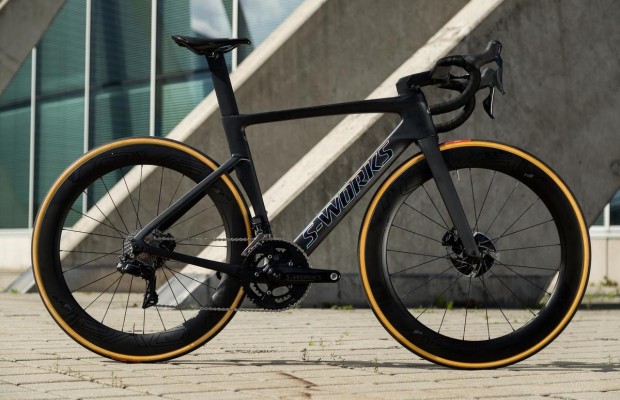
Which profile wheels to choose according to the area where you live: mountain, flat or coast

How to wash your cycling clothes? 10 keys to make them always look new

Cycling can help you fight the effects of the time switch

Tips for cycling in the rain
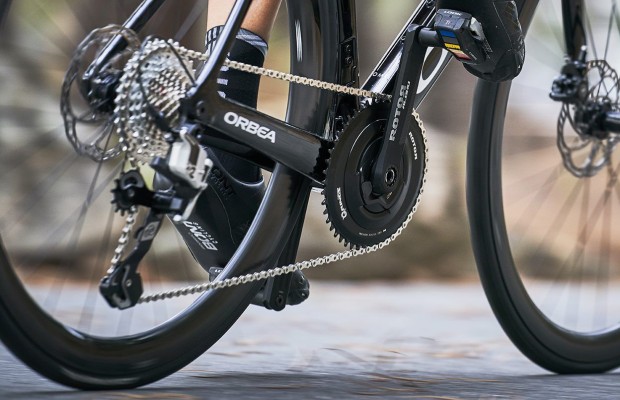
Important keys to make your training work
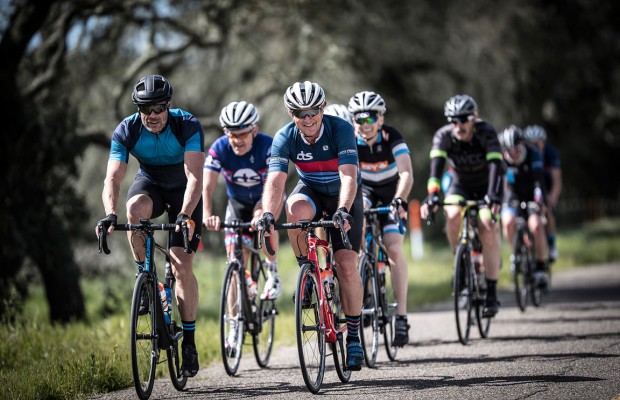
Easy to apply tips for riding faster

To calculate the caloric expenditure involved in daily activities, tables are usually used to determine the basal metabolism, i.e., the minimum calories the body consumes each day to maintain its functions, to which are added those estimated for different actions, taking into account parameters such as age or weight of the individual.
However, when it comes to the caloric expenditure produced by pedaling, many factors are involved, such as the intensity of the effort, the weather conditions, as well as the cyclist's own conditions, which make it very difficult to fine-tune the calculation. Even the level of fitness has an important influence, since one of the main adaptations produced by training is greater energy efficiency. This means that a trained cyclist consumes fewer calories at a given intensity than a cyclist of similar characteristics who is not in good physical shape.
Tools to know caloric consumption
In recent years, the use of activity monitors has become popular on a daily basis, small devices that detect what we are doing, especially what we are walking to add that energy expenditure to the calculation of the day, established according to the data entered with the age, height, weight or activity level of the athlete.
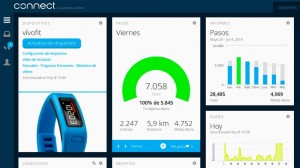
However, a study published in 2017 by Stanford University, which analyzed the figure thrown by several of these devices unveiled the low accuracy of the calculation made.
On the other hand, there are training recording applications that improve this accuracy, partly because their calculation algorithm takes into account many more parameters in addition to the cyclist's own characteristics such as the slope of the route, weather conditions and the data provided by the heart rate monitor based on the maximum heart rate set by the user.
The power meter to the rescue
The calculation of calories made by training applications, despite having much more data that improve the accuracy of the result, is still a calculation made by an algorithm. Fortunately, in recent times we have the advantage of having devices that are capable of recording with total precision the work done by the cyclist.
Indeed, we are talking about power meters that, in addition to the data referred to the power we generate with our pedaling to establish the intensity level, are also capable of calculating the work done by the cyclist's body, a figure that is expressed in kilojoules.
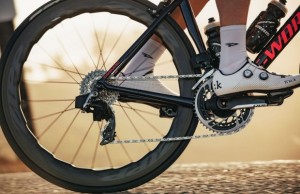
In the case of cycling, the work in kilojoules is usually considered, based on the conclusions of various studies, to be equivalent to the same amount of calories consumed, with a margin of error of just 5%, since this is where the specific efficiency of each athlete comes into play, which remains difficult to quantify outside a laboratory environment.
Knowing precisely the calories we burn, it is easy to adjust the calories we provide with food to meet our goals on the bike. It also allows us to be aware of the caloric consumption of the activity on the bike and the influence of different rhythms, especially if we refer to pedaling at high intensities that triggers the caloric consumption against the traditional belief that to lose weight many hours at low intensity were necessary to promote fat metabolism.